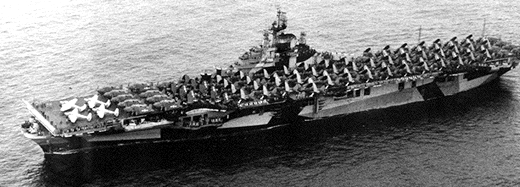LIKE TO BE
IN THE WAR?
CULD YOU BRING
IN SOME PICTURES?
TO RONALD FOX
LOVE DANNY FOX
ME ABOUT
THE NAVY?
DO YOU FIGHT
ON SHIPS AND
WHAT WEAPONS
DID YOU USE?
YOUR FRIEND
BRYCE
Dear Danny, Bryce, Pam Dillie and classmates
Thank you for thinking of me on Veterans day.
I went into the Navy as a teenager. I did boot camp at the Great Lakes training center in Great Lakes, Ill After boot camp I was shipped out to the south pacific by way of New Orleans. I was assigned to the Navy Amphibian Forces Barge Balloonís Unit, first flotilla 5 . We flew the balloonís over the LSTís to protect the troops and equipment that was being transported to the Island that was to be invaded by the Armed forces (I was on LST ???).The balloonís were used to keep the Japanese aircraft from getting to close and shooting at the LSTís. One tried to cut the cable on my balloon with its wing, but the cable cut his wing off. The LST (Landing Ship Tank , A common nick name was Large Slow Target due to its slow speed and that it contained many troops, tanks, and ammo.) simply ran up to a beach and lowered a ramp for landing. Then when they unloaded, they would depart and take us back to our home base. Then we would put the Balloons back in the balloon field to be repair all the bullet holes in them.

The following is a quote from-Compton's Encyclopedia about LSTís ď The United States pioneered the development of amphibians during World War II. They were used in the D-Day landings in Normandy in June 1944 as well as throughout the Pacific campaigns against Japanese-held islands. The best known is the LST, or Landing Ship Tank , of which the United States originally built 1,041.Ē The first LSTís were built by the Darvo Corp in Pittsburgh, Pa.
The Balloon unit broke up in 6 months and I was transferred to the LCT 376
(Landing Craft Tank) FLOTILLA 5 LCT GROUP FOURTEEN SOUTH PACIFIC PAC , Which was
smaller then the LSTís but could carry 5 tanks. On the LCT I became a ships
cook and had a crew of 15 men to cook for. We had one 20mm antiaircraft gun and
two 50 cal. machine guns, I operated the port (left side) 50 cal. machine gun on
invasion. The LCTís were hard to sink, on one invasion before I was on the LCTís,
the LCT 330 was attacked by a Japanese dive bomber, the bomb went right through
it and exploded in the sea floor, the explosion lifted the LCT up out of the
water . She was still afloat and made it back to base and put in dry-dock for
repairs and put back in service. On another invasion after I was on the LCTís
the 330 ripped of itís screw guard was taking on water, the 376 and another
LCT came along side and tied up to her and put our pumps on board. We towed it
to dry-dock for repairs and it was put back into service again. That invasion
was a waste of time because the Island was empty. I stayed on the barge until
the end of the war.
About 3 or 4 years ago I meet a man that was still on the Island of Manus after
I had left, and he told me the fate of the 376.The LCTís were victims of their
own success, with the war over and no longer needed, they were taken out to sea
to be scuttled, they used them for firing practice. they fired on them for 2 or
3 days but they would not sink the bows were still sticking up out of the water.

LCT 376 on the beach.
After the war was over I was assigned to the aircraft carrier USS HANCOCK CV-19
for transport back to the states. The HANCOCK was fitted out for "Magic
Carpet" duty at San Pedro Ca. (which meant they took off all the aircraft
and installed cots 4 high in the hanger deck) and sailed for Seeadler Harbor,
Manus, Admiralty Islands, November 2,1945 were I boarded. On her return voyage
she carried 4,000 passengers who were debarked at San Diego December 4,1945.

with her flight deck full of aircraft.
After a thirty day leave, I was assigned to the USS St. Louis CL49 which was a
light cruiser in Oakland Ca, This ship had lots of guns and two sea planes on it
. From there we went south to the Panama Canal in route to the Philadelphia
navel ship yards for the decommissioning of the USS St. Louis . It was in
Philadelphia that I was discharged from the Navy on May, 5 1946.

I was very honored to receive the letters from Danny and Bryce. I will send some pictures.
Sincerely
Ronald E. Fox
PS Next Veterans day, it would be nice if you would write to the disabled Vets at the V.A. hospital. Every Veterans day, Dannyís older brother Brian puts a flag on his Great grandfathers grave.
